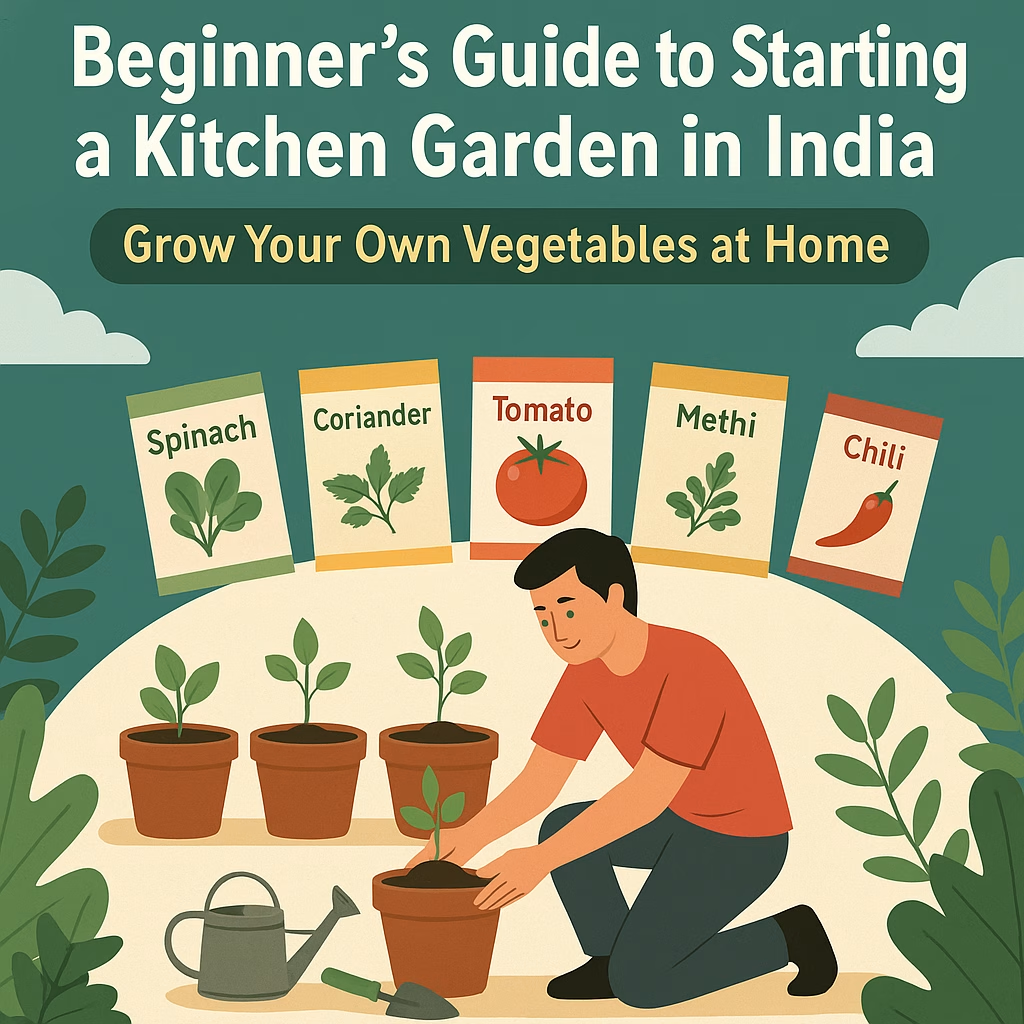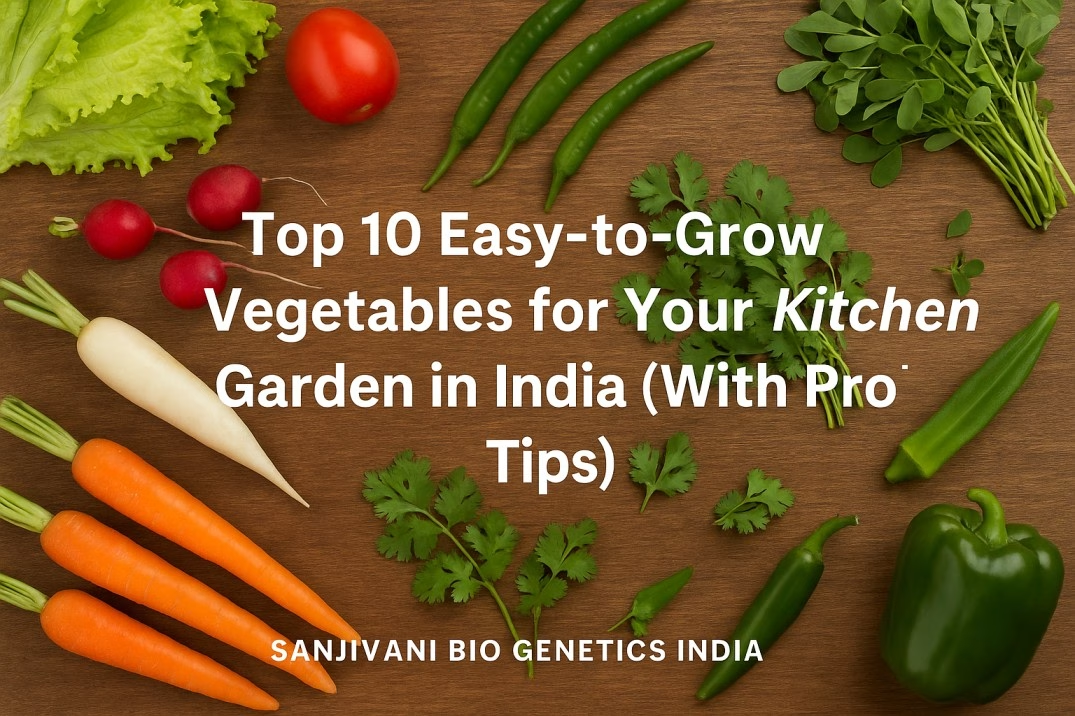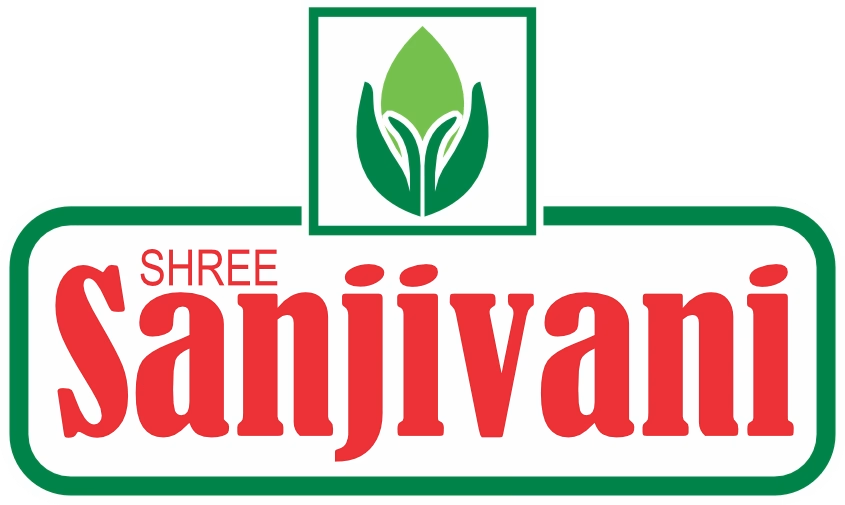Your cart is currently empty!
Month: May 2025
-

Kitchen Garden in India: Step-by-Step Guide to Growing Vegetables at Home
🌱 Why a Kitchen Garden in India is the Smartest Move You Can Make in 2025 Urban life is fast, noisy, and—let’s be honest—not always green. But what if you could create a peaceful, productive green corner right in your own home? That’s where a kitchen garden in India comes in. Whether you have a tiny…
-

Top 10 Easy-to-Grow Vegetables for Your Kitchen Garden in India
Are you dreaming of plucking fresh tomatoes from your balcony or garnishing your dishes with homegrown coriander? If so, you’re not alone. Thousands of Indians are embracing the kitchen gardening revolution—a movement toward growing fresh, organic, and pesticide-free vegetables right at home. Whether you have a large backyard, a modest terrace, or just a sunny…
